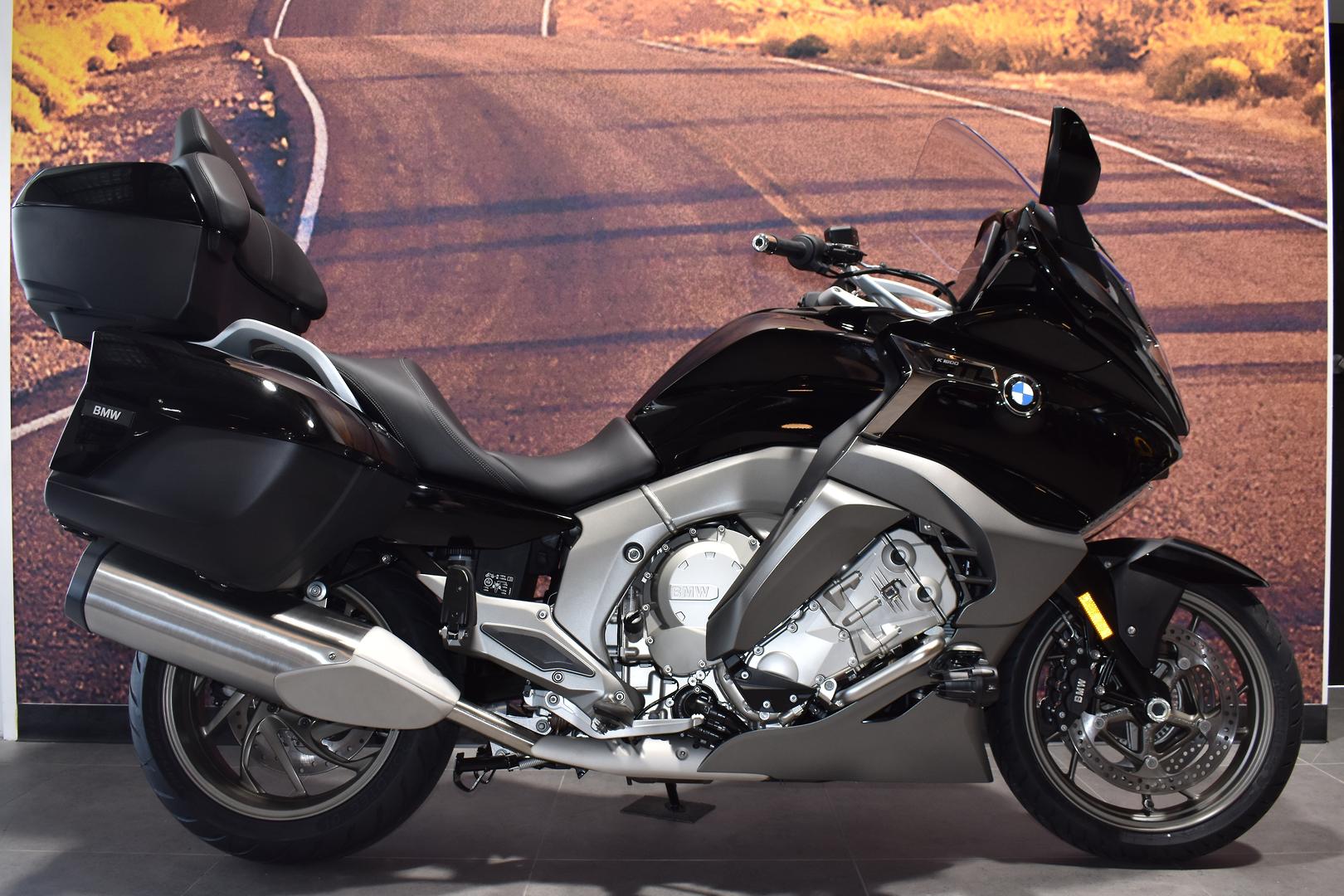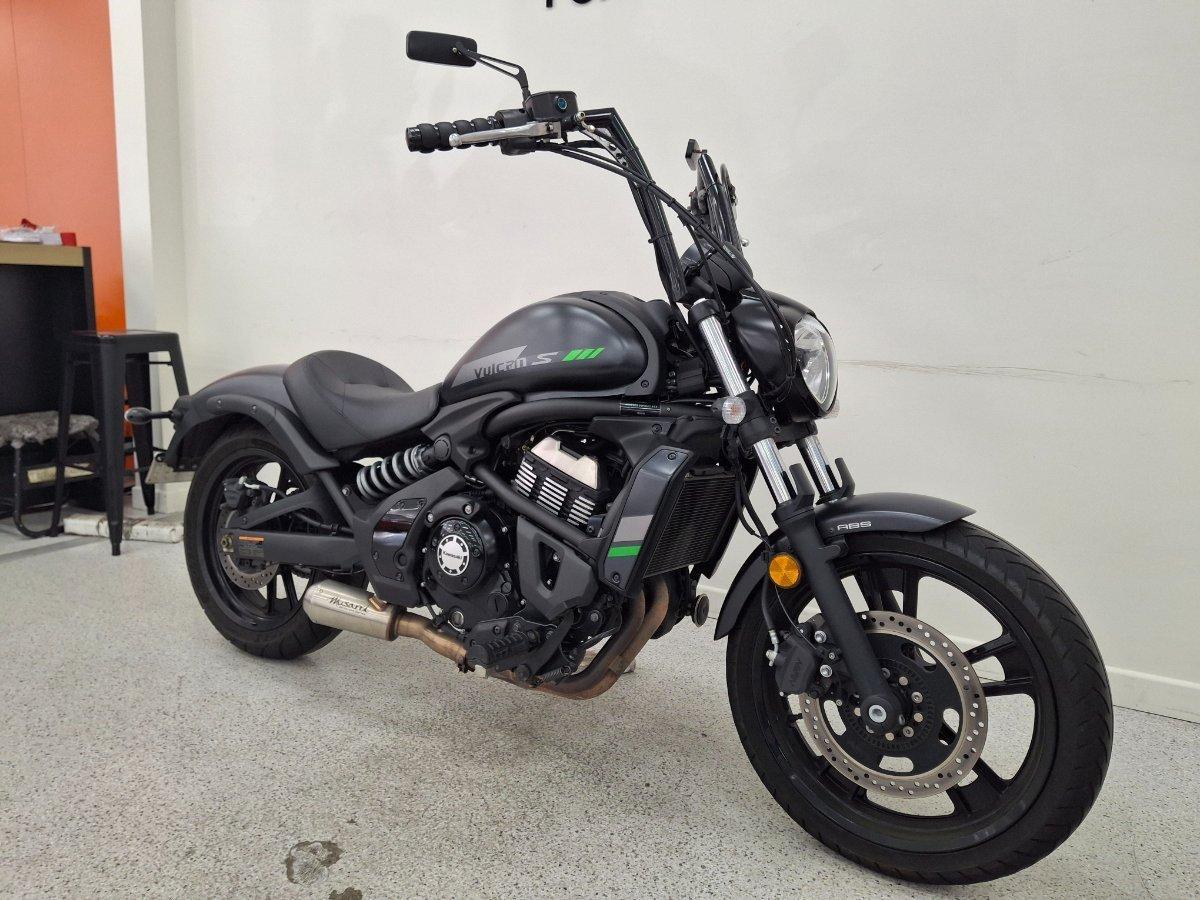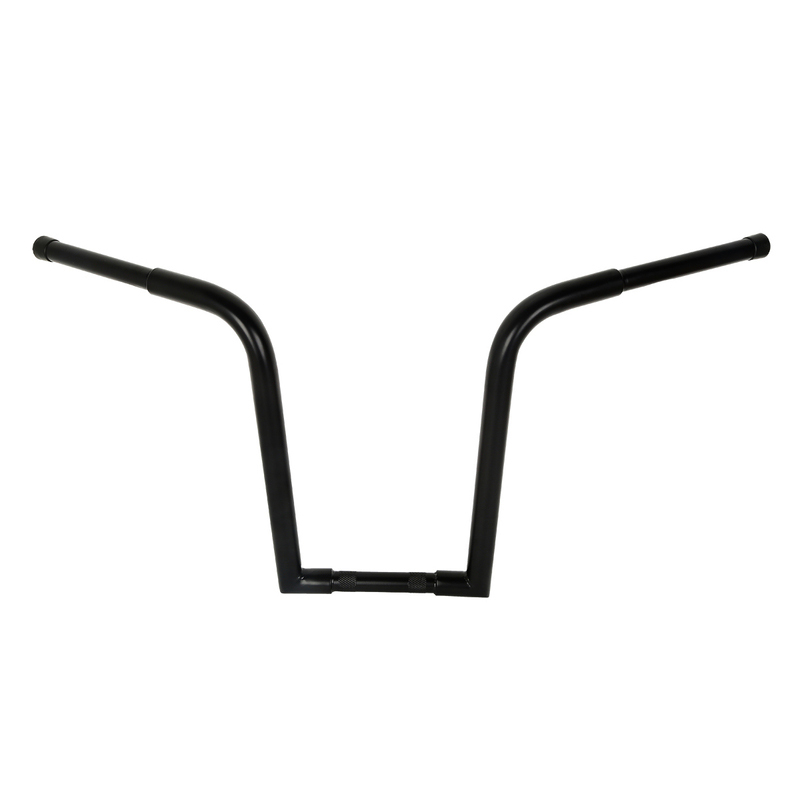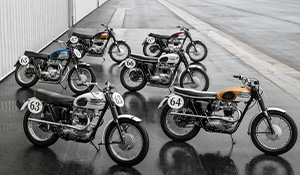Oh so Brutal!
The Brutale now leads the way in the sport naked sector while proudly flying the 'Made in Italy' flag. The 100 percent MV Agusta engine is only for the select few who can manage the 150+hp the new four-cylinder unit puts out.
Design
The 1078RR has standout naked good looks. It has a new instrument panel and has new colour schemes, including silver/red based on MV's long tradition of racing. The "skin" of the Brutale 1078RR lets us see the components that have been changed - new brakes, the new fork components and all the details that finish off this work of art. Equipment - 10 percent more power Transition from the 910R to the 1078RR involved the introduction of some new components that have given the Brutale RR an additional 15hp and 2 kilos more of torque.
A breakdown of the changes includes:
_ decals and colour schemes;
_ instrument panel graphics;
_ revised suspension calibration;
_ 1078 cc engine;
_ slipper clutch;
_ resized catalysers;
_ Brembo monoblock brakes.
The main focus has been on finding the right balance between the new components. The new Brutale has inherited the very best of MV Agusta technology. With its new 1078cc engine based on the racing F4 RR312, the new Brutale is a sure winner. The aim wasn't so much about seeking maximum performance as of taming four cylinders to work together to offer a perfectly balanced ride. This is no easy feat when you're dealing with 154hp shoe-horned into a compact frame like the one on the Brutale. Bore and stroke have been increased to 79 and 55 mm from the original 76 and 50.1mm. The compression ratio has been kept high despite the significant increase in capacity from 909 to 1078.37cc. Maximum power output has increased by 15hp, setting a new record for the sports naked with 154hp at 10,700 rpm. Torque has also been improved going up to 117 Nm at 8,100 rpm. The removable gearbox remains exclusive to this segment of the market and the speed and precision with which it changes allows the bike to reach its maximum speed of 166.04 mph in next to no time. Such performance is due to a large extent to the adoption of new 46 mm throttle bodies taken from the F4 1000 R (as opposed to the 48 mm units on the F4 R 312). These units also dictated the choice of a longer final drive ratio moving from 15/43 to 15/41. The EBS (Engine Brake System) was replaced with the mechanical slipper clutch used on the F4 sports version. In seeking to offer a "softer" response to the throttle, MV engineers fitted a new larger exhaust catalyser that meant more room to manoeuvre with emissions in seeking to meet Euro 3 requirements and this allowed a richer mix. The end result is more flexible, smoother engine even under hard acceleration.












